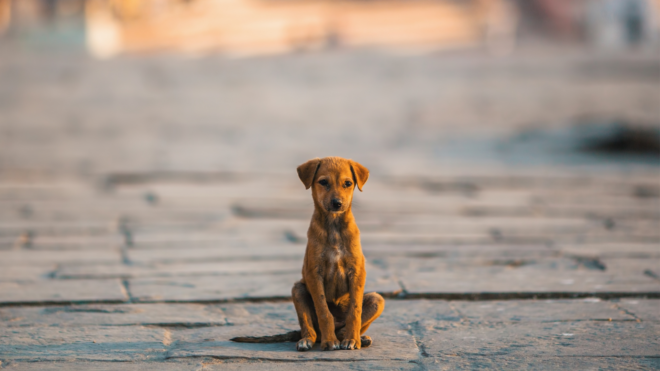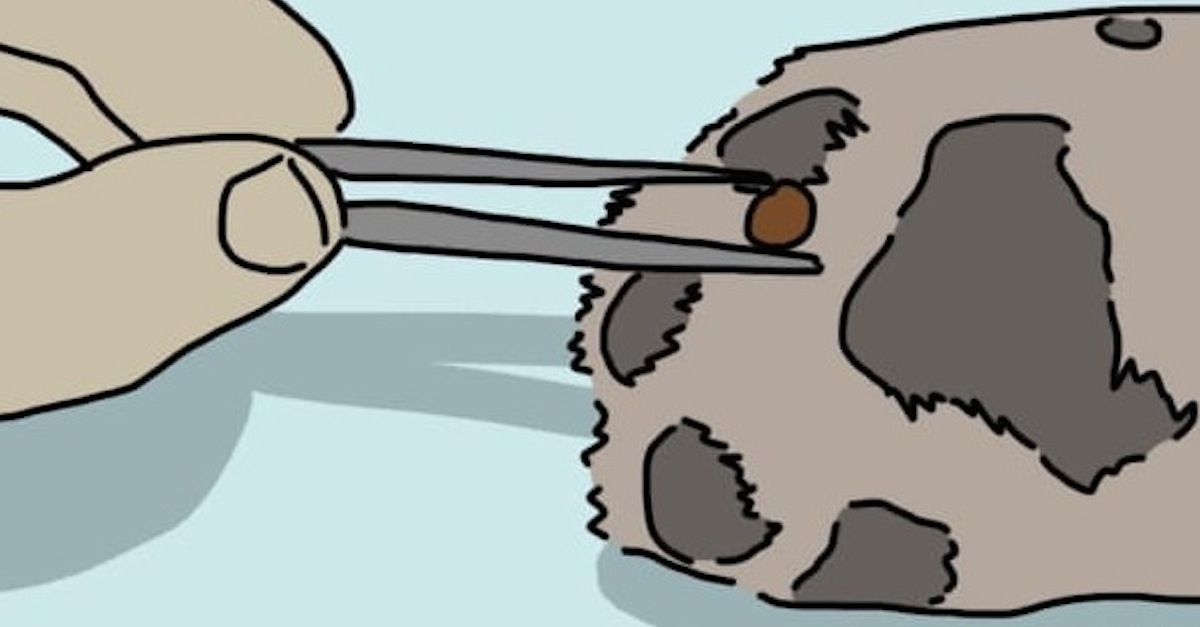
Our dogs' bodies are very similar to humans' in many ways.
To get an idea of this, you don't have to look any further than a pup's paws. Just like our hands and feet, paws are extremely sensitive to the environment.
And just like how our hands and feet need to be protected and well looked after, our pups' paws deserve an equal amount of loving care.
In the winter, they can get chafed and chapped, and in the summer, they can get burned and scorched.
There are several other lurking threats and dangers to the sensitive dog paw that we will explore in the exclusive guide below.
To ensure that our beautiful, furry companions stay physically and mentally happy, it's absolutely crucial to take these suggestions to heart.
Scroll further to learn more about these vital paw care tips, and let us know your thoughts in the comment section below!
Get To Know Your Pup's Paw
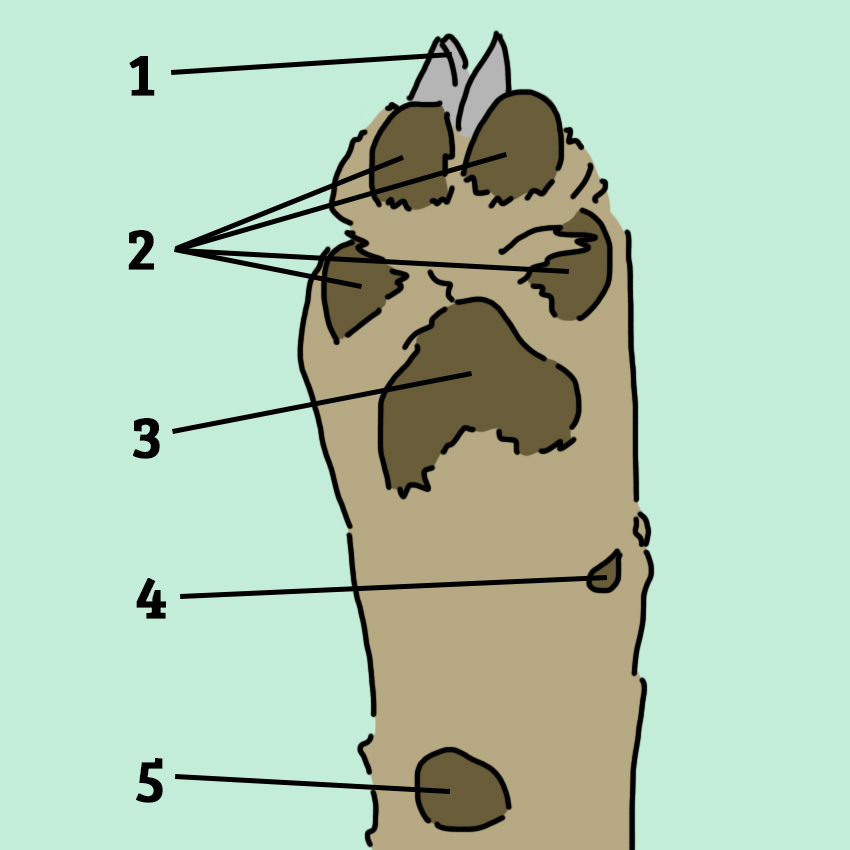
Dogs are fun-loving, fearless creatures. But being so brave and tough can also mean that they often get into accidents and sustain injuries — especially to their little paws.
It's our job as pet owners to look after them, and to ensure their safety to the best of our abilities. First, let's give a refresher on basic dog paw anatomy, before we dive into paw care tips.
According to Candidae, a dog paw generally have five parts: the claws (1), digital pads (2), metacarpal (front) and metatarsal (back) pads (3), the dew claw (4), and the carpal pad (5).
The claws help them get a good grip on different surfaces; the middle pads act like shock absorbers and help bear the pup's weight when she's walking or running; and the carpal pad helps her keep her balance on steep surfaces.
Understanding the general structure of the paw can help you more thoroughly protect your pup from accidents and injuries.
Tip #1: Look For Splinters And Debris

Foreign objects like splinters and pebbles can easily get stuck and lodged in between your pup's pads.
WebMD suggests frequently checking between your dog's toes for any broken objects, little stones, foxtails, weeds, bits of broken glass, and debris.
You can easily remove these objects with a pair of tweezers.
Tip #2: Trim The Nails
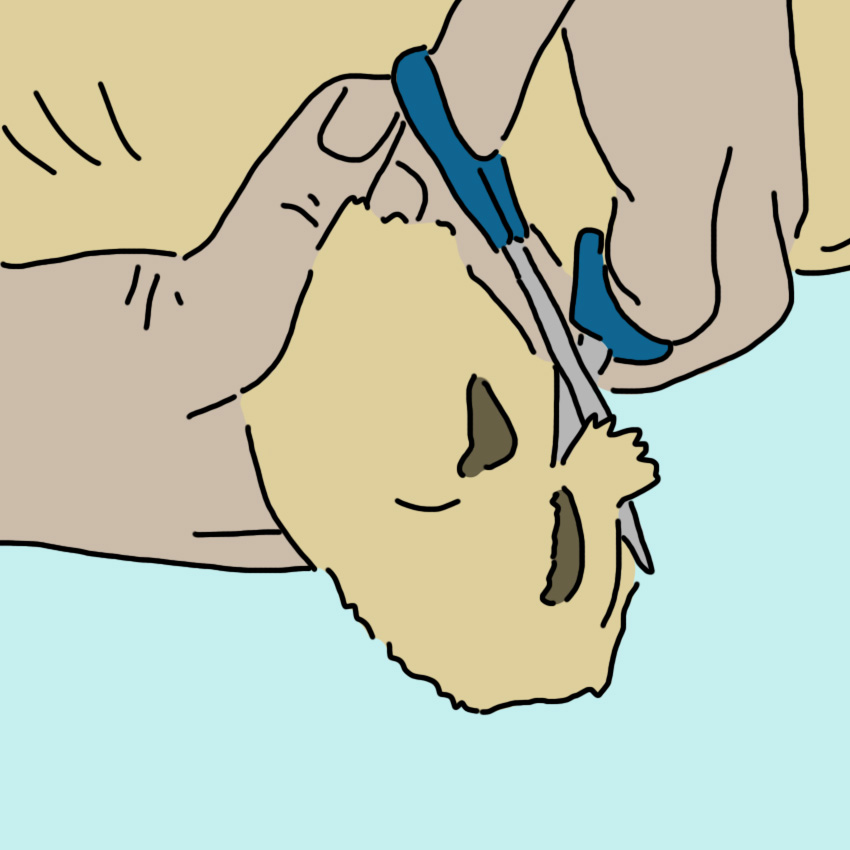
Pet healthcare experts most often recommend that you trim your pup's nails carefully.
According to iHeartDogs, nails should barely skim the ground. When they're so long that they click on the ground, or are getting snagged, it's usually a sign that the nails need to be clipped.
It's also important to comb and trim the hair in between the pads, so that they're at an even level with the pads. When left untrimmed, the hair will cause painful matting.
Tip #3: Moisturize The Pads
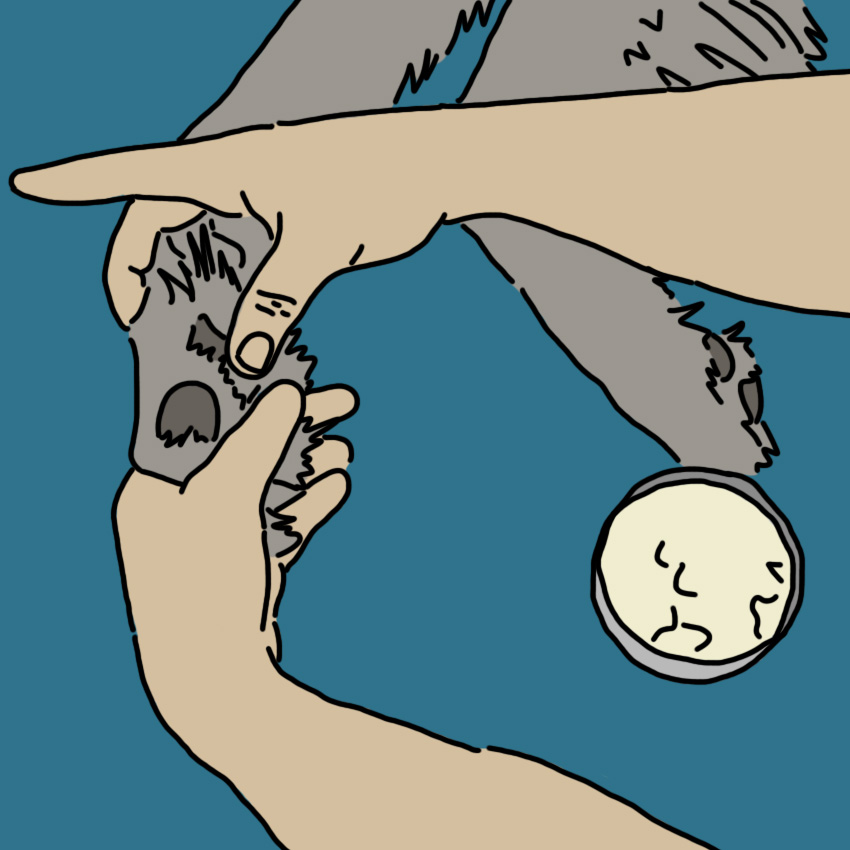
Just like our hands and feet, doggies' paws can also get dry and stiff!
Pads do tend to crack and bleed if they get too dry, according to iHeartDogs. Definitely moisturize your pup's pads, but remember not to use your own lotion, as it might over-soften her pads.
There are special dog moisturizers that are designed to treat a pup's dry paws.
Tip #4: Treat The Wounds
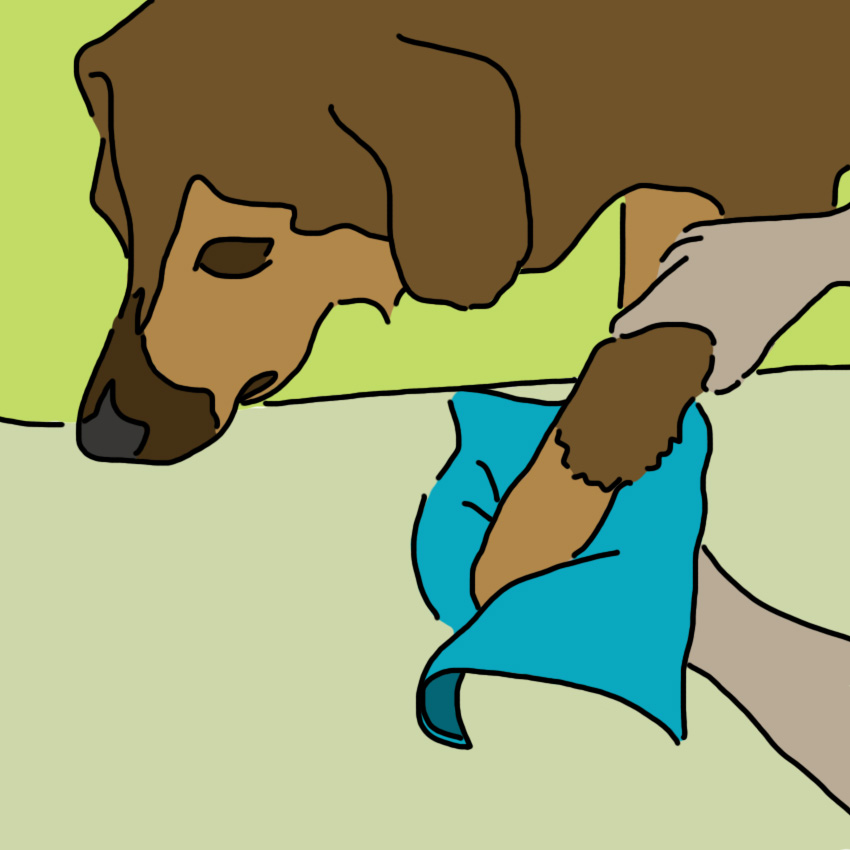
Pups often accidentally step on sharp objects, broken glass, and other debris, and, as a result, sustain pretty nasty cuts and wounds.
Just as a reminder, make sure to always have a first aid kit in your cabinet or somewhere in your home.
You can easily treat smaller cuts by cleaning it with an antibacterial wash, applying antibacterial cream, and wrapping it up with a bandage.
But if your pup has deeper cuts and wounds, it's best to pay the vet a visit.
Tip #5: Take Caution While Exercising
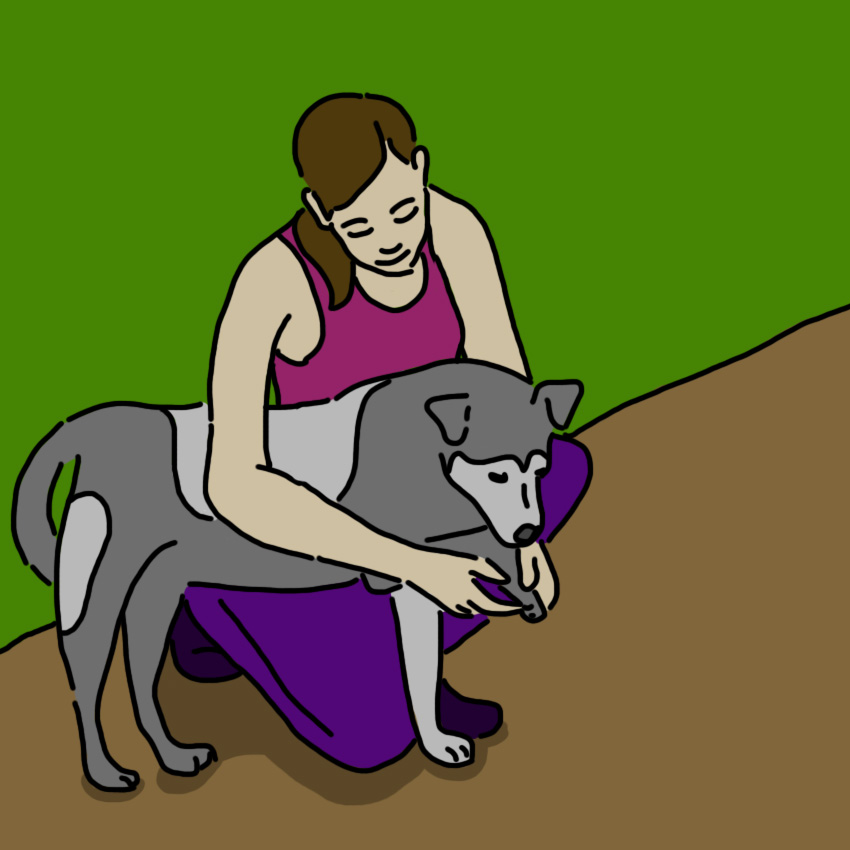
Whenever you're engaging in an activity with your pup outside (exercising, jogging, or hiking, for example), make sure to go at a steady pace.
Their paws can be sensitive to changes in surfaces, and can easily crack or chafe, especially if you're on uneven ground.
Tip #6: Give A Soothing Massage

Doggies love to be pampered, too.
Of course, you don't need to constantly treat them to a five-star spa session. But giving their paws the occasional massage with help relax their bodies.
Softly rubbing between the pads on their paws will help with blood circulation, according to WebMD.
Tip #7: Pet-Proof Your Home
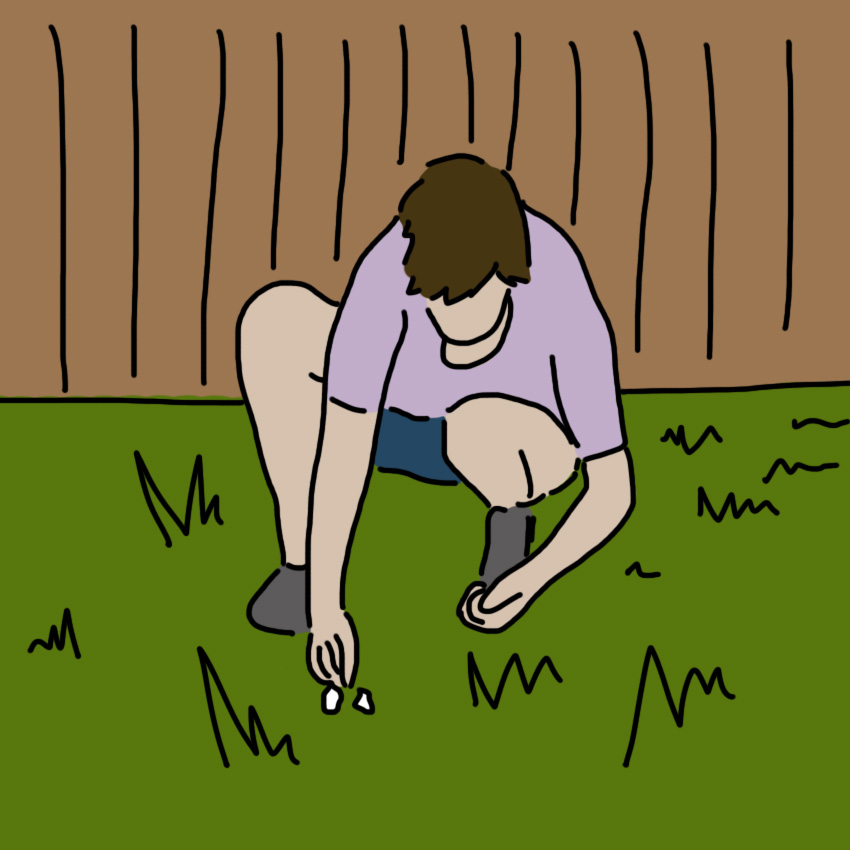
It's crucial to create a safe environment for your pets, in order to eliminate any possible dangers and accidents in the home.
The American Humane Association suggests some key ways to doggie-proof your home.
For the kitchen and bathrooms, try using childproof latches to prevent your pup from prying open cabinets; block any holes or small spaces in the walls; and keep foods, bottles, and medicine on higher shelves.
For the living room, check for dangerous, dangling television and lamp wires; cover all heating and air vents; and move any poisonous plants out of the pup's reach.
Also remember to keep your laundry and shoes out of sight, and things like lotions and makeup off of your table and other easily accessible surfaces.
During The Summer...
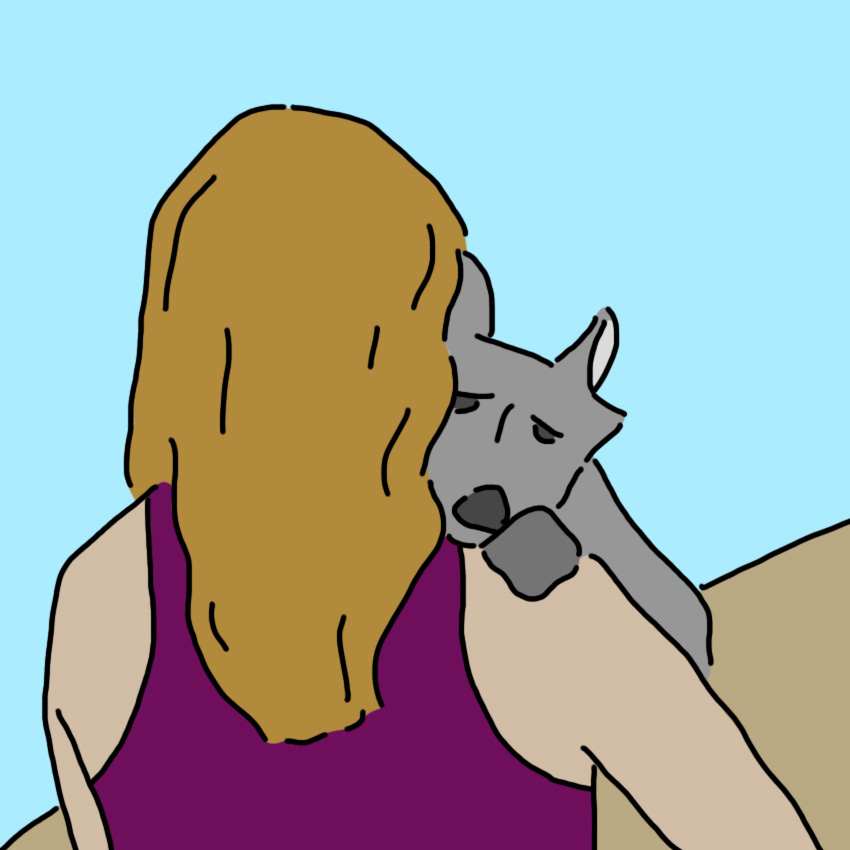
There are definitely season-specific paw care tips to keep in mind.
During searing summer months, try to keep your pup off of the hot pavement and sand. This will prevent her from getting blisters and burns.
If her paws get hurt, wash them with an antibacterial soap, and wrap with gauze.
During The Winter...
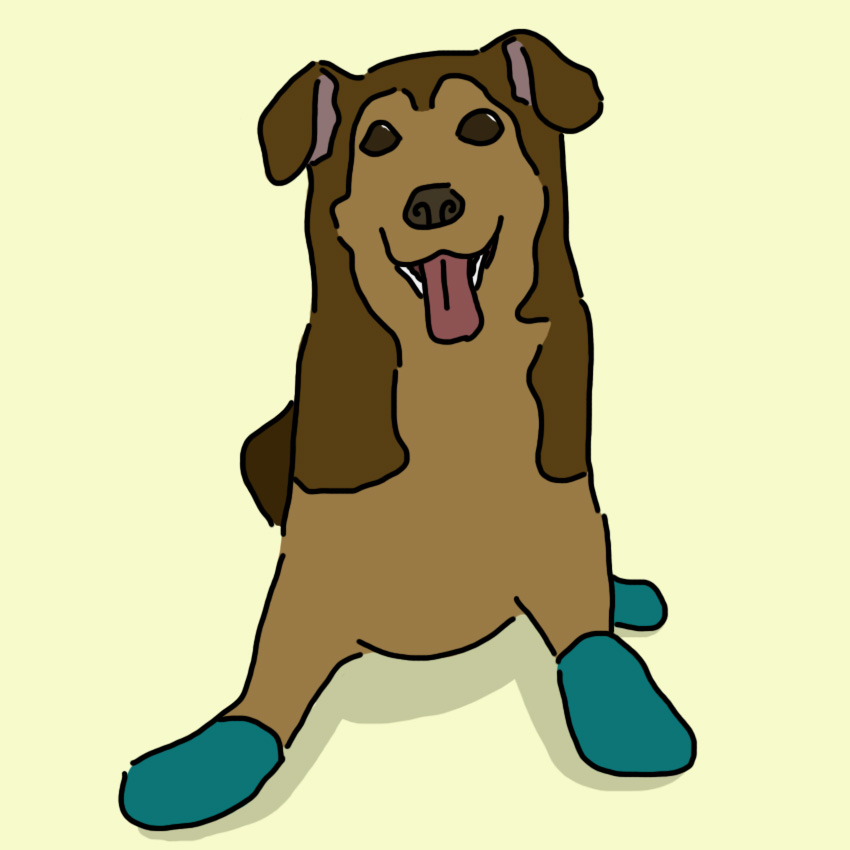
It'll be a while before we hit subzero temperatures again, but it's good to know how you can best "winterproof" your pup.
Just like human skin, a dog's paws can dry out and crack very easily when exposed to extreme temperatures. Protect your dogs' paws with protective boots, which will help them stay dry and provide extra traction.
Salt and de-icers are also used to melt ice on the sidewalks during winter months. These substances can be extremely harsh and toxic to dogs who lick their paws. Definitely make sure you rinse or wipe down your pup's paws with warm water after returning home from a walk.
Please SHARE these vital pup paw care tips with friends and family who own dogs!


